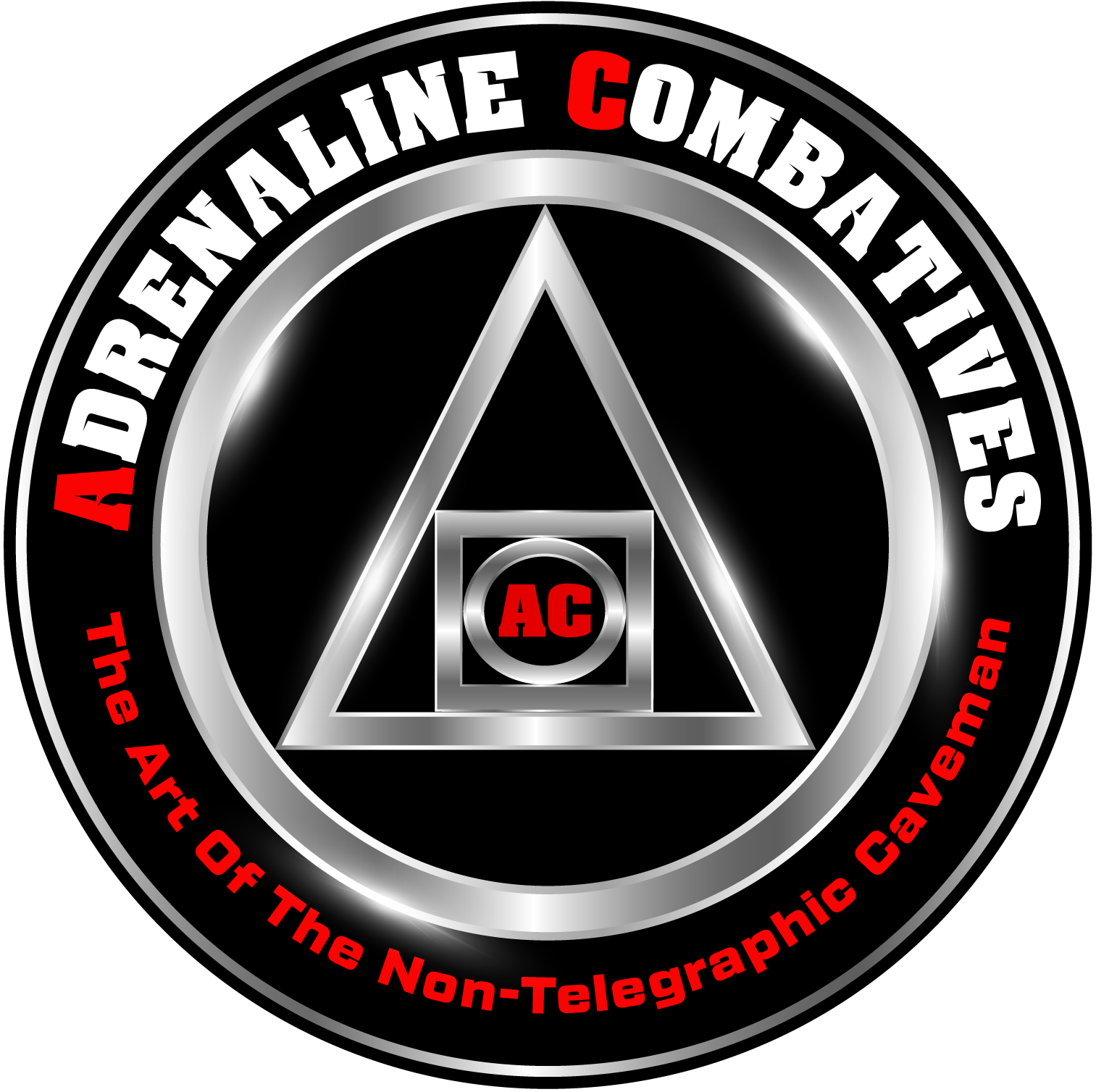
Adrenaline Combatives

Adrenaline Combatives is no sport, nor martial arts. It is a concept and principle based set of skills, tactics and strategy that has been, and continues to be, adapted to the reality of modern urban violence. It teaches lethal and non-lethal applications as a tool in order to deal with asocial criminal violence and to prepare the average person on a mental, emotional, and physical level to face the worst case scenario.

The Soft Skill
These are your non-physical options, a street smart approach that is designed to reinforce your personal security habits and your overall knowledge of self-protection. All the necessary psychological and strategical elements related to counter violence that are designed to equip you with the right mindset in order to help you getting rid of dangerous habits, and in return creating good habits.
Possessing excellent observation skills will help you to read and interpret situations and body language in a much more accurate way and it will improve your ability to spot and recognise pre-threat indicators; this will help you to avoid, escape, deter or prevent a potentially violent confrontation it will give you a more accurate level of communication in order to de-escalate a conflictual situation and when absolutely necessary it will give you the ability to access controlled aggression by hitting the switch in order to clinically remove the threat.
Master the art of situational awareness and threat assessment.
Sharpen your senses and evaluate potential threats with competence in observation skills and precise risk assessment.
Enhance your decision-making abilities under high-stress situations.
Elevate your decision-making process even in fight duress conditions, ensuring optimal responses for self-protection.
Personal
Awareness
Know yourself and how far you are ready to go in the face of danger, fear, fatigue, confusion and stress.
Environmental
Awareness
Be vigilant, map your environment, plan escape routes, seek cover, concealment, secure weapons if necessary.
Situational
Awareness
Stay alert, observe your surroundings, use your senses and instincts to read the situation and adapt accordingly.
Behavioural
Awareness
Decode body language to identify behavioural red flags, anomalies, and pre-threat indicators to detect danger.
 Street Ground Fighting
Street Ground Fighting
 Soft Skills: Strategy & Tactics
Soft Skills: Strategy & Tactics
 Elite Summer Camp
Elite Summer Camp
Mindset
Development
Cultivate a resilient mindset for the worst-case scenario. Develop a mental switch for controlled, cold, clinical aggression on demand.
Technical
Development
Focus on enhancing the practical combat skill set through progressive non-compliance training, enabling effective application in real-world scenarios.
Attribute
Development
Develop concussive stopping power from both dominant and non-dominant sides with a compact toolbox of gross motor skills, utilizing all your natural weapons, teeth and nails.
Fight
Development
Solid physical dynamic that works well from both a pro-active and reactive approach. Pressure test via full contact adrenal based simulations and scenarios.
The Hard Skill
These are your physical options, the cultivation of a relatively small simple gross motor skill toolbox that is easily installed and retainable by the limbic system when experiencing the cognitive shift and other effects of adrenaline; therefore recallable under fight duress conditions such as stress, fear, fatigue, pain and disorientation.
The hard skills are designed to equip you with a solid physical dynamic working both pro-actively and reactively that is designed to end the confrontation as rapidly and as clinically as possible. The objective there would be to spot the threat via observational awareness and to select the most viable option in order to shut it down. If the opportunity to be preemptive does not present itself you need a contingency plan of action and this means that your skill set must work both offensively and counter-offensively.
Heart rate acceleration, hyperventilation, “tunnel vision”, auditory exclusion, and time distortion are all effects of adrenaline. Blood also flows away from extremities and gathers at the centre mass in order to feed the heart and lungs and as a result of all this there is a loss of fine motor functions and a cognitive shift from the prefrontal cortex to limbic system. This is why your physical toolbox must remain simple with a particular focus on gross motor skills.
Get In Touch
Please book in through our online booking system if you're interested in learning Combatives, either online or face-to-face.






